UTV vs. ATV

When it comes to off-road adventures, worksite tasks, or recreational riding, two of the most popular vehicle options are Utility Task Vehicles (UTVs) and All-Terrain Vehicles (ATVs). While both are built to handle rugged terrain, they serve different purposes and offer unique advantages.
UTVs provide more seating, storage, and stability, making them ideal for work and group outings. ATVs, on the other hand, are lighter, more agile, and perfect for solo riders tackling tight trails and rough landscapes.
This article dives into the key features, advantages, and ideal applications of UTVs and ATVs. Whether you’re drawn to speed and agility or prioritize durability and utility, we’ll guide you in making a well-informed decision based on your terrain, budget, and intended use.
What is a UTV?
Utility Task Vehicles (UTVs), often known as side-by-sides (SxS), are meant to transport numerous passengers, typically seating two to six people. They contain a steering wheel and foot pedals, allowing for a car-like driving experience. UTVs are equipped with a roll cage for increased safety, making them suitable for a variety of uses, including work, group rides, and heavy-duty activities.
Their adaptability and passenger capacity make them suitable for both recreational and utilitarian uses.
What is an ATV?
All-Terrain Vehicles (ATVs), commonly known as four-wheelers or quads, are usually intended for single riders; however, certain variants may carry two passengers. Unlike UTVs, ATVs have handlebars for steering and passengers straddle the seat for control. Their compact, nimble form allows for easy passage over confined paths, rugged terrain, and tough situations. ATVs are popular for high-speed recreation and excel in navigating difficult terrain with precision and efficiency.

Key Differences Between UTVs and ATVs
1. Design and Purpose
UTVs: Also known as side-by-sides, UTVs are built for utility and versatility. They usually include many seats, a roll cage, and a cargo bed, making them great for hauling equipment, towing, and group rides.
ATVs: These are single-rider vehicles designed for speed, maneuverability, and agility. ATVs are lightweight and excel in tight trails and challenging terrains where precision is key.
2. Performance and Handling
UTVs: UTVs offer superior stability and comfort, especially on rough terrain. With advanced suspension systems and higher load capacity, they handle tough conditions with ease.
ATVs: ATVs offer a more exciting, hands-on riding experience. Their small size allows for rapid turns and simple navigation over confined paths.
3. Safety Features
UTVs: UTVs are a safer option for families and employees since they are built with safety features like seat belts, roll cages, and windshields.
ATVs: With fewer built-in safety features, ATVs require greater expertise and caution to operate. For a safe ride, it is essential to use the appropriate equipment, such as helmets and protective clothes.
4. Cost and Maintenance
UTVs: They tend to have a higher initial cost because of their bigger size and additional features. While maintenance can also be more expensive, their durability and versatility usually make them a worthwhile investment in the long run.
ATVs: More affordable initially and easier to maintain, making them a great choice for beginners or those on a budget.
When to Use an ATV?
Off-Road Exploration—Because of their lightweight design and agility, ATVs can handle challenging terrain, such as deep forests and mountains, that are inaccessible to larger vehicles. They are made to handle tight tracks, steep inclines, and rough terrain.
Racing and Recreation—ATVs are a popular for outdoor pleasure, whether it’s riding trails, tearing up sand dunes, or competing in off-road events. They are ideal for anyone seeking an exhilarating journey because of their speed and agility.
Light Utility Work—ATVs are the preferred vehicle for farming, ranching, and property care since they are ideal for tasks including short-distance equipment transportation, livestock monitoring, and light load hauling. Their small, agile design makes it simple and hassle-free to zoom through limited locations.
When to Use an UTV?
Heavy-Duty Work – With their capacity for heavy loads and large equipment, UTVs are essential for industrial, construction, and agricultural work. Their spacious cargo beds and high payload capacity make transporting tools, feed, and fencing supplies easy and efficient.
Group Travel and Utility—With seating for two to six people, UTVs can carry more passengers than ATVs, making them great for team-building, outdoor adventures, and group outings where comfort, safety, and shared experiences matter.
Snow and Mud Navigation—UTVs perform well in severe weather because of their covered cabs, increased ground clearance, and choices for snow plows or tracks. They provide excellent weather protection, which makes them perfect for muddy trail navigation, snow removal, and hunting in challenging situations.
Choosing the Right Vehicle for Your Adventure
When it comes to off-road adventures, selecting the right vehicle can make all the difference. Your unique needs, financial situation, and preferred riding style will determine whether you choose an ATV (All-Terrain Vehicle) or a UTV (Utility Task Vehicle), whether you're navigating tough terrain, transporting equipment, or racing across wide-open spaces.
1. Consider Your Purpose
If you need a vehicle for work-related tasks, such as farming, hunting, or hauling heavy loads, a UTV is the better choice due to its larger cargo capacity and towing power.
If you're looking for quick, adrenaline-pumping rides through narrow trails or challenging terrain, an ATV is the way to go, thanks to its speed and agility.
2. Think About Comfort & Safety
With bucket seats, roll cages, and available windshields, UTVs provide a more pleasant and safe ride, making them a great alternative for long journeys or families.
In contrast, ATV riders must straddle the seat and manage the vehicle with skill and balance. Even though it can be more physically taxing, this increases the excitement, particularly for more seasoned riders.
3. Evaluate Terrain & Maneuverability
If you frequently ride through tight trails, rocky paths, or deep mud, an ATV’s smaller size and nimbleness allow for easier navigation.
For open fields, sand dunes, or rough work environments, a UTV’s stability and power provide better control and versatility.
4. Budget & Maintenance
ATVs are cost-effective and require little maintenance, making them an excellent alternative for solitary riders looking for a cheap way to enjoy the trails.
UTVs are more expensive, but they provide additional seats and cargo room, making them a wise investment for people who require a hardworking utility vehicle or a group ride.
Conclusion
Choosing between an ATV and a UTV depends on your needs. ATVs are ideal for solo riders seeking agility, affordability, and maneuverability on tight trails or light tasks. UTVs provide more storage, seating, towing power, and weather protection, making them better for group activities, heavy hauling, and demanding work. For hunting, yard work, or recreation, the best choice depends on terrain, workload, and budget.
FAQs
Q1: Is an ATV or UTV better for hunting?
A1: For lone hunters who value agility and mobility, an ATV is the best option, especially for those on a budget. In comparison, a UTV is better suited for group hunts, carrying gear, and handling tough weather with increased protection and stability.
Q2: Are UTVs or ATVs better for yard work?
A2: UTVs are frequently preferred for yard work due to their higher load capacity, enhanced hauling power, and ability to transport multiple people. However, ATVs are suitable for little tasks, tight spaces, and low-cost solutions. A UTV is perfect for carrying large loads or using accessories like sprayers and dump beds.

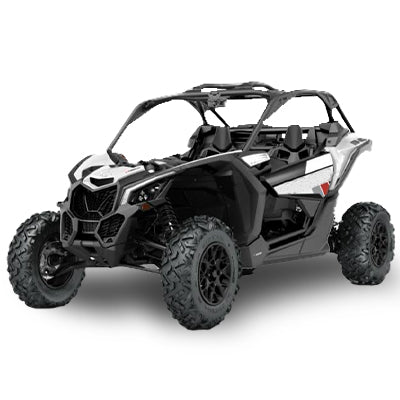
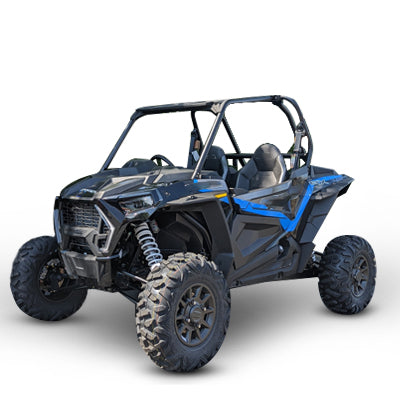

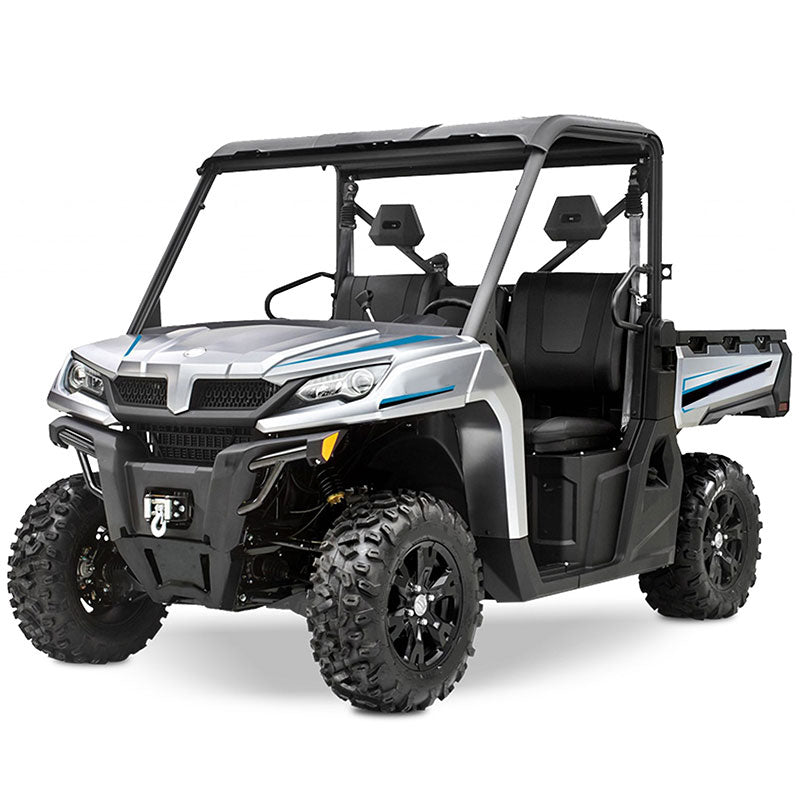

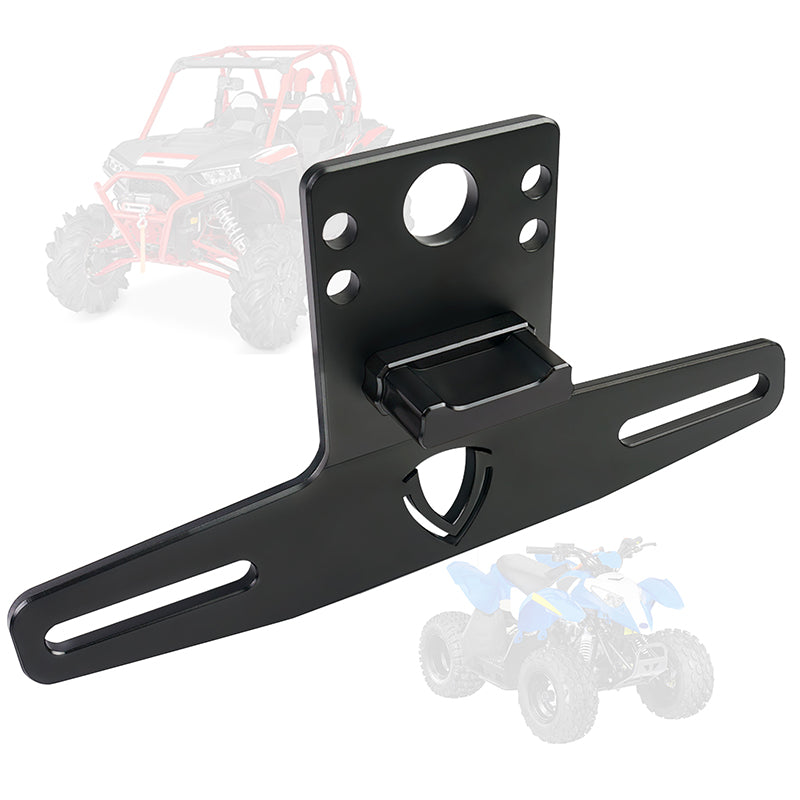
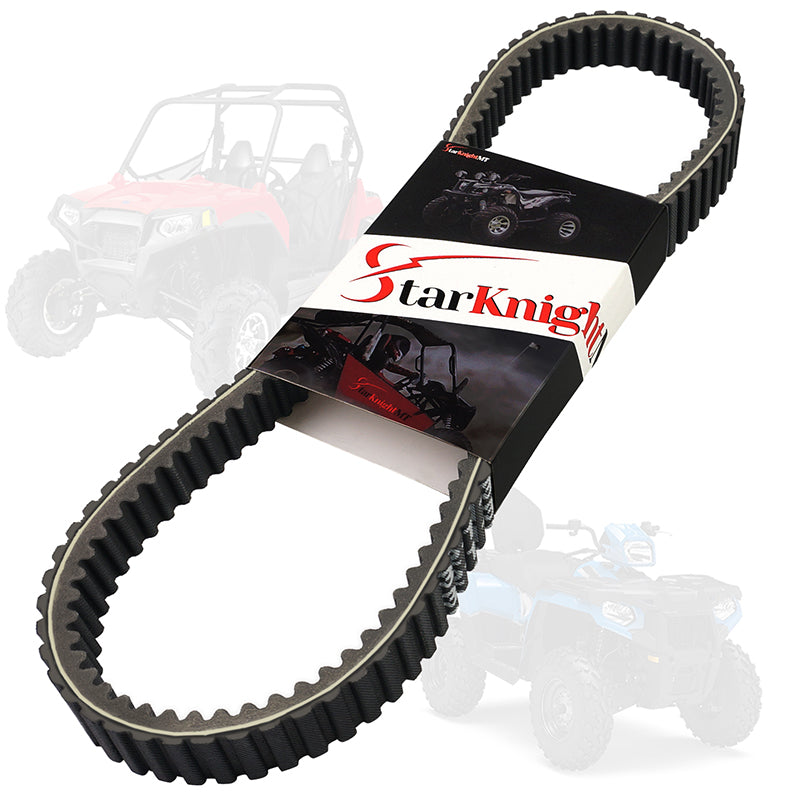



Leave a comment